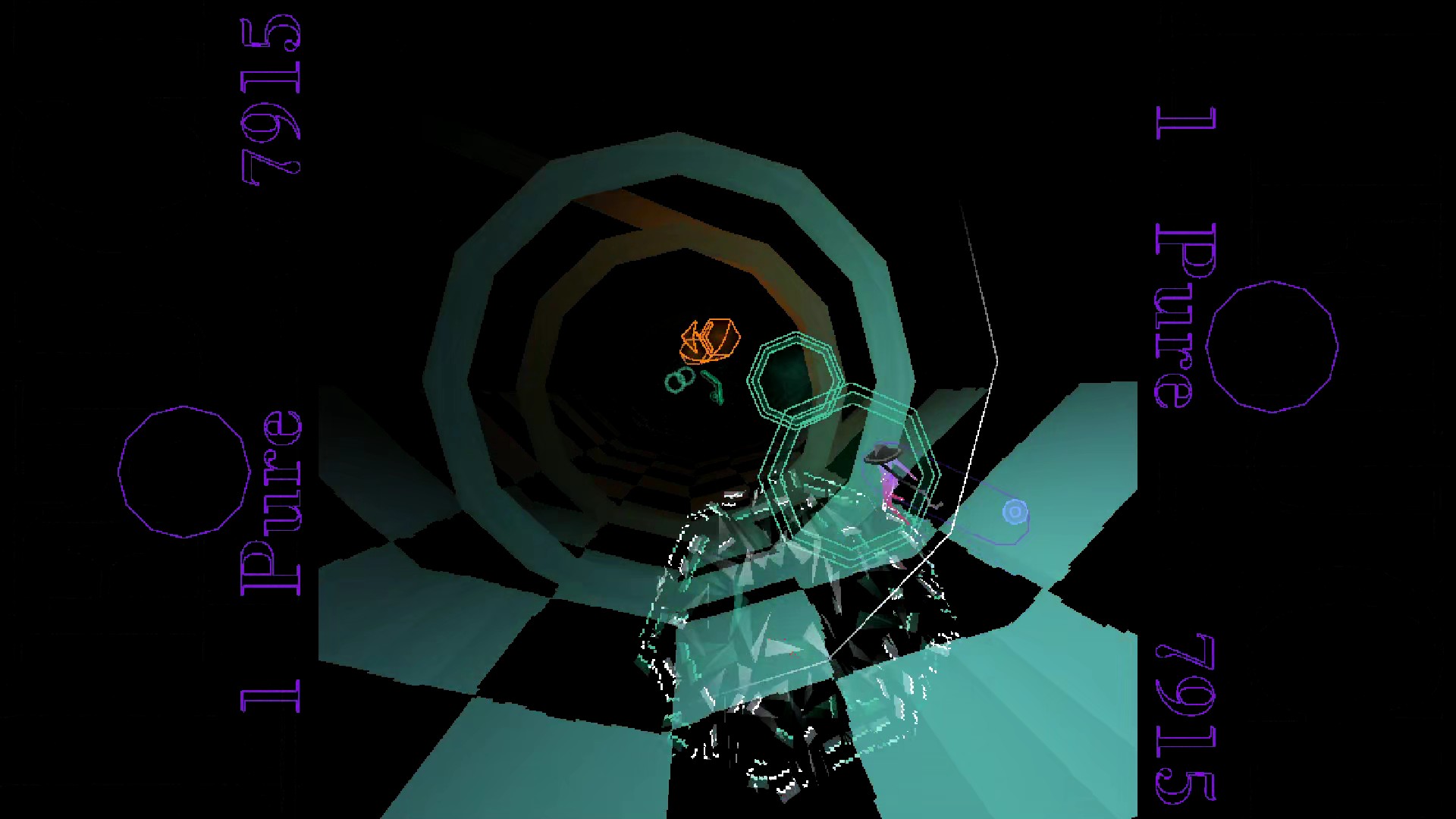Starcraft II Glossary
This glossary is here to complement our New to e-sports? Here are the 10 best Starcraft 2 matches on YouTube.
GSL
The Global Starcraft League, based in Korea, where the world's best players compete for big fat cheques
Macro
You'll hear the words 'macro' and 'micro' an awful lot. Macro refers to everything a player's doing outside of battle to build their army – how many bases do they have, how many minerals and how much gas are they pulling in, and how much production capacity do they have? Is it working efficiently or are buildings standing idle? Macro is the core of Starcraft II: because if you've got loads more stuff than your opponent, you'll never lose.
Micro
Micro refers to the control of individual units or groups in battle, and is the difference between two similar armies. Can the Terran player spread his marines out well enough to avoid Baneling splash damage? Can the Zerglings get a surround on that group of Stalkers? Micro battles are the most exciting bits of Starcraft II to watch, and the difference between a great player and a brilliant one.
Keep up to date with the most important stories and the best deals, as picked by the PC Gamer team.
Timing Push
Strategies often revolve around attacking just as a specific upgrade (e.g. Stim) or critical mass of units is reached. These 'timings' are the fulcrum of their games – how much damage it causes or doesn't can be the gg right there, but they always change the match
All-in, Teching, Expanding
You could say these are the three options at any point in Starcraft II. An all-in attack (which may also be a timing attack) is one that ends the game either way – the aggressor sacrifices investment in economy in order to get out as many units as possible, then goes to try and kill their opponent. Teching refers to players developing a tech path for their chosen race, a significant investment of resources that opens some paths and closes others (for the time being) for their army composition. Expanding is when players try to strengthen their economy by taking more bases: you want to have loads, and stop your opponents getting theirs.
Food
How much stuff you can have is limited by your supply cap – which you raise by constructing certain objects for each race. Commentators and players regularly refer to a player's 'food count', which is how much supply their army takes up – high is good, low is bad, and the maximum possible is always 200.
Saturation
How many workers a player has on a base – the more they have, the quicker they gather resources, and the quicker their army gets built.
Brood War
The original Starcraft's expansion was called Brood War, and was the basis for the majority of competitive Starcraft play

Rich is a games journalist with 15 years' experience, beginning his career on Edge magazine before working for a wide range of outlets, including Ars Technica, Eurogamer, GamesRadar+, Gamespot, the Guardian, IGN, the New Statesman, Polygon, and Vice. He was the editor of Kotaku UK, the UK arm of Kotaku, for three years before joining PC Gamer. He is the author of a Brief History of Video Games, a full history of the medium, which the Midwest Book Review described as "[a] must-read for serious minded game historians and curious video game connoisseurs alike."

